
The Roman Empire in 9th to 11th centuries
Before we describe the units of the “Thematic” army of what we call Byzantine Empire under the Nikephorean reforms, we should make a small briefing of what is a Thema. Thema is a wide spread province that is under a single military administrator known as Strategos (gr. Στρατηγός) or Domestikos tou Thematos (gr. Δομέστικος του Θέματος).
That province may or may not include other minor provinces in it with a number of urban centers (cities or villages) and fortifications. Each urban center had a political leader known as Protonotarios (Πρωτονοτάριος). Praetor (Πραίτωρ) was the judge of the city and Chartoularios (Χαρτουλάριος) helped him running the city's affairs. Chartoularios was responsible to keep the recruitment lists informed and take care for the city's weaponry, army's food supplies and soldiers wages.
If the Thema had some really large cities in it, then a military/political leader was established know usually as Dux (Δουξ / Δούκας) or Katepano (Κατεπανώ) or Exarch ('Εξαρχος) depending by the size of the province and the history of its capital. For example: Carthage, Rome, Alexandria and other cities named their leading officers with the title of Exarch.
Semi independent or autonomous provinces gave their leading officers the title of Katepano. All the rest had the title of Dux.
One exception: The officer/general/politician that was responsible for the city of Constantinople had the title of Eparchos.
The Dux/Exarch or the Katepano of the Thema's capital had the second title of the Strategos tou Thematos that we mentioned before.
YOU CAN FIND MUCH MUCH MORE INFORMATION IN THE ORIGINAL PREVIEW AT TWC.
The Thematic units
[Gr: Αριστοκράται] means the nobles.
They had the names Archontae with the same meaning and later Dynati, which means “the powerful ones”. In the eastern borders were also known as Acritae. The majority of Aristocratae was land owners especially those that lived away from major urban centers. Aristocratae could also be rich merchants or ship owners in coastal provinces (Themas). In case of coastal provinces, Aristocratae usually became ship commanders. In the inland Aristocratae formed the close to Strategos tou Thematos council and often received the command of major units of the thematic armies like Vandums, Turmas etc.
Their last task was to personal guard the Strategos because their financial or military interests were bound to him.
Their financial status gave them access to the best equipment each province could provide and they used armored horses.
As guards of the Strategos, they did not follow the rule of one shield color or pattern but they used the main pattern of their homeland (minor province or city) or their family.
Aristocratae through time formed military families with long tradition in military matter. Families like Phokas, Ducas and others. Emperors -in odrder to maintain political ballances- trusted members of those military families with administration of provinces or commanding of large armies or campaigns. On the other hand such families gathered alot political financial and military influence and were the primary source of rebelions against the legitimate emperors. Some of the members of those families became emperos themselvs.
The racial origin of the troops or Aristocratae had no consequence.
Armenians had a huge tradition in the empire’s military affairs and Ioannes Tzimeskes/Qurqua was one of them.
Cavalarii, [Gr: Καβαλάριοι] means horsemen.
The name describes the majority of the medium cavalry battalions that formed the main army of each Thema. Those warriors were fully professionals and war was their only occupation. In order, Cavalarii to afford better equipment and the cost of a warhorse or more Roman emperors gave them larger military lands known as Mikrae Pronoiae. A difference Cavalarii had with Acritae/Trapezitae was that the units they joined in usually were not at the same province the lived before they join the empire’s forces.
Many chronicles describe the fact that the majority of Cavalarii never saw their military lands their income supported them.
Another name Cavalarii had was “Stratiotae” that in Medieval and Modern Greek language means soldiers.
Cavalarii formed vandums as well like infantry troops but their larger units named Taxis the same time infantry units called Hiliarcheae or Drougas.
The officers of such units called Taxiarchae and the majority of the Orthodox military
Saints have that title. That shows the importance those troops had for the empire.
Cavalarii total number was the same time the official number of troops for each Thema.
Each battalion of Cavalarii/Stratiotae had two parts.
Kursores and Defensores:
Kursores had also the name “Proclastes” that mean “those who strike first or the attackers” and Defensores had the name “Ecdiki” that mean “those who defend or those who revenge their companions death”.
Cavalarii task separation was inside the same unit (battalion) and they did not form different units separated by task.
Cavalarii ought to exercise them selves to both the use of the lance and bow except the use of swords. Their abilities in lance or bow determined the part of the unit they would be. Kursores were the first wave of attack using their bows to destruct the enemy’s lines and they were always ready to retreat or to pretend a retreat in order to make the enemy cavalry forces to follow or chase them.
When the enemy cavalry force was near to the rest of Cavalarii force, Defensores counter attacked and the same time Kursores changed their weapon from bow to lance and counter attacked too. We can see that Romans copied the fake retreat maneuver from their steppe origin opponents.
Cavalarii ,[Gr: Καβαλάριοι] means horsemen.
The name describes the majority of the medium cavalry battalions that formed the main army of each Thema. Those warriors were fully professionals and war was their only occupation. In order, Cavalarii to afford better equipment and the cost of a warhorse or more Roman emperors gave them larger military lands known as Mikrae Pronoiae. A difference Cavalarii had with Acritae/Trapezitae was that the units they joined in usually were not at the same province the lived before they join the empire’s forces.
Many chronicles describe the fact that the majority of Cavalarii never saw their military lands their income supported them.
Another name Cavalarii had was “Stratiotae” that in Medieval and Modern Greek language means soldiers.
Cavalarii formed vandums as well like infantry troops but their larger units named Taxis the same time infantry units called Hiliarcheae or Drougas.
The officers of such units called Taxiarchae and the majority of the Orthodox military
Saints have that title. That shows the importance those troops had for the empire.
Cavalarii total number was the same time the official number of troops for each Thema.
Each battalion of Cavalarii/Stratiotae had two parts.
Kursores and Defensores:
Kursores had also the name “Proclastes” that mean “those who strike first or the attackers” and Defensores had the name “Ecdiki” that mean “those who defend or those who revenge their companions death”.
Cavalarii task separation was inside the same unit (battalion) and they did not form different units separated by task.
Cavalarii ought to exercise them selves to both the use of the lance and bow except the use of swords. Their abilities in lance or bow determined the part of the unit they would be. Kursores were the first wave of attack using their bows to destruct the enemy’s lines and they were always ready to retreat or to pretend a retreat in order to make the enemy cavalry forces to follow or chase them.
When the enemy cavalry force was near to the rest of Cavalarii force, Defensores counter attacked and the same time Kursores changed their weapon from bow to lance and counter attacked too. We can see that Romans copied the fake retreat maneuver from their steppe origin opponents.
[Gr: Τραπέζιται] name comes from the word trapezion which mean table in Greek language.
The meaning behind their name is that they shear their lord’s table/food.
That reveal us that Trapezitae were not always lightly equipped like they were in 9th to 11th century but they were actually descendants of the famous Vucelarii.
Vucelarii also took their name from the word vucela that means bread in Latin.
Those who shear their lord’s bread shear also his table.
Trapezitae forced to transform from multi role heavy cavalry to multi role light one thanks to the new kind of warfare Arabs introduced by their early expansions.
Like Peltastae, Trapezitae were part of the Acritae border guard forces and they were paid by the same military land system of economeae.
In the eastern provinces (Themas) both Trapezitae and Peltastae called Acritae.
There were some differences between east Trapezitae and west ones.
In the west provinces, Trapezitae seamed to prefer Javelins like Peltastae, the same time that in the east the composite bow was their favorite weapon.
Except those range weapons Trapezitae/Acritae used often the classic-7th century-9ft (3m) long kontarion as lance.
A long sword, often a paramoirion was their secondary weapon.
Trapezitae/Acritae in 9th-10th centuries could join the forces without any body armor at all but after few years’ savings,
spoils of war or “gifts” by the Thema’s Strategos could advance to medium level armors like short or long chain mails.
Even if they had, the funds to buy armors more advanced than those they had, their tasks on the borders and the battlefield would not allow them to.
Their primary tasks were:
Patrol the borders and provide early warning to the rest of the Thema.
In case of enemy raid, they counter attacked or set up ambushes to the enemy forces to give the rest of Thema’s army time to gather.
Raid enemy territories, even in peacetime. That was very common in the eastern borders of the empire but not in western ones.
While in west most of Trapezitae or Peltastae had Greek origin in the east, mixed blooded warriors were the majority.
Most of those border guards were Greek /Arabs or Greek/Armenians or Arab/Armenians. In fact, their families could be separated in both sides of the borders.
[Gr: Κονταράτοι] means those who carry spears.
The name came from the Greek medieval word “Contarion” that meant spear.
In previous eras, Contarati were light armored civil guards but after the Nikephorus Phokas army reform, they meant a part of the Scutati units.
Despite the fact that Scutati were equipped with a 3m long kontarion, they were still vulnerable to heavy cavalry attacks.
Nikephorus Phokas soon realized that the empire’s opponents could field large numbers of heavily armored shock cavalrymen that could penetrate in the infantry’s formations.
Nikephorus Phokas ordered all Strategos tou Thematos to select the most expedient of each infantry battalion troops
and equip them with a new 12-14ft long version of the classic Contarion known as “Contarion Makron”.
Contarati were equipped with a variety of body armors and with the leaf/kite shields that their low edge allowed Contarati, more free leg movement.
Contarati formed each infantry battalion’s first two or three ranks and presented a spear wall that any horse would fear to reach.
[Gr: Μεναυλάτοι] took their name from Menaulion.
Menaulion still is one of the most unknown of the medieval Roman weapons.
In the late 6th century to early 8th Menaulion refers to a heavy javelin that was a version of a hunting one. The name reappears in the middle 10th century when in Nikephorus Phokas, infantry units composition points to a new thick but short spear with a “Germanic” or “Slavic” spearhead capable to penetrate in any kind of armor.
Menaulati formed small groups inside the Scutati units that had a free role inside the gaps the companies left free between each other.
Their task was simple. The enemy cavalry should lead inside the companies gaps and there without enough space to maneuver they would be easy victims of Menaulati.
In various military manuals, Menaulati described capable to set up wooden stakes in front of infantry’s formation before the battle begins.
Those wooden stakes were another addition against cavalry charges but only if the infantry formation was about to stay still.
Menaulati often were very well armored because the distance they had to march was not a negative factor for them. Menaulati like the Contarati were part of the main Scutati units.
[Gr: Σκουτάτοι] mean the scuta shield bearers.
The main form of their description name follows the ancient Greek rule of warriors’ description by their kind of shields.
Ex: Oplitae [hoplites] took their name by their Hoplon shield.
Scutati in 9th-10th centuries are not more than militias that call to arms to fight when is necessary.
The name Scutati did not always meant the auxiliary infantrymen but also described the heavy armored line infantry soldiers.
That change in the name appeared again later in 11th to 14th centuries.
Scutati as every one else, are citizens of the empire and call to their military duty when they will become 19 years old.
The state-in this case each Thema-provides them with a standard equipment that includes a shield that may be an oval scuta known as scutarion
or a large round shield known as thyreos or most commonly as scutarion teleion and later(mainly after Nikephorus Phokas reform) a wide but short leaf shape shield also known as scutarion.
Scutati equipment supplements with a sword, a steel helmet and the standard 3m kontarion that replaced the 2m short spear known as lance after emperor’s Maurice reforms
Here is the original order:
'Οπλίσεις μέν ούν τόν πεζόν σκουτάτον,τόν πάλαι καλούμενον οπλίτη, ώστε έχειν σπάθη,κοντάριον, σκουτάριον ότε μέν χρεία καλεί,
επιμήκες, μέγα, ο καλείται θυρεός πάντως δε στρόγγυλον τέλειον. Τα δε σκουτάρια ομόχροα πάντων ή κατά αριθμόν ή κατα τάγμα.
Translation:
"Equipe your infantry scutatos, the one that called in the past Hoplite,with a sword, a spear and a shield oval or circular-known as thyreos. The shields must have the same color for each battalion".
Their body protection depends on a variety of factors.
The first is their financial status.
The second is the wealth of both the Thema and its ruling Strategos.
The third is their fees according to the number of campaigns they participated.
Scutati are the majority of the empire’s infantry and in many cases especially after the Nikephorus Phokas reforms, they can be heavily equipped.
The last factor that determents how heavily armed Scutati would be was the Thema they joined in.
West provinces and Italy deployed much more heavily armored Scutati the same time in the east the high temperatures and the long distances the soldiers had to march lighter armors were most common.
Once or twice, a year civilians that formed the infantry units-Scutati, Contarati and Menaulati called to war exercise with the professional forces.
[Gr: Πελταστaί]
Peltas called the small wooden or metal shields by the same ancient Greek name for all small shields.
The soldiers that carried such small shields called Peltastae. Their name was an influence of the clasic or hellenistic Greek soldiers via the neoclasicism era of the Macedonian Dynasty.
In fact, those soldiers were part of the "Acritae" border guard forces and the Peltastae name used rarely
in the east borders the same time that it was very common in the west ones.
Peltastae primary task was the guard of fortified road passages and border forts that placed in stradegic points of the province and called "Kleisourae".
For that task they lived very close to the Thema’s borders using military farms incomes for their payment. Those farms called economeae.
Their main difference with Stratiotae was that Peltastae lived in the Themas they came from. In simple words, they were native troops.
They usually bought their equipment via their land incomes. Their favorite weapon-like almost all Romans- was the heavy javelin.
They often carried 2-4 of those javelins among their rest equipment. As professional soldiers, they were better trained than the “regular” citizen origin soldiers were and there for they were able to use affectively a variety of melee weapons such axes but most of all swords.
Those soldiers are the closest Middle Ages Roman Empire , has to the clasic Legionaires, but at this time they are among the "light" troops instead of being heavy line infantry.
They could equip them selves with a variety of armors, to padded suits, leather vests or breastplates to light iron chain mails.
In an open field battle formation, Peltastae usually called to guard the flanks of the main infantry formation and escort when it was necessary the flank cavalry advance.
TOXOTAE
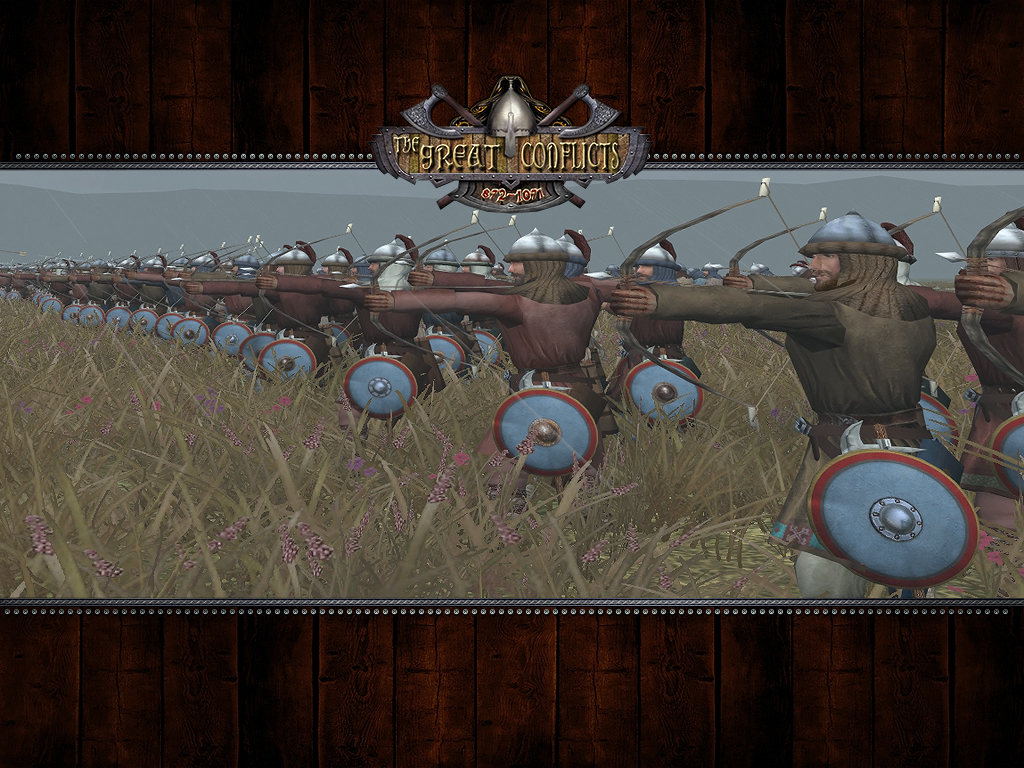
Upgrade 2:

The word “toxotae” [gr: Τοξόται] simply means archers. Romans were never famous for their archery skills.
Never the less after the middle of 9th century the existence of large numbers of “soft” bows in every city’s armoury was a standing order.
We read in Emperor’s Leo VI “Tactika” military manual:
«Πάντας δέ τούς νεωτέρους Ρωμαίους άχρι τεσσαράκοντα ετών αναγκάζεσθαι,
είτε κατά λόγον οίδασι τοξεύεσαι, είτε καί μετρίως, τού πάντως τοξοφάρετρα φορείν.
Τής γάρ τοξείας παντελώς αμεληθείσης καί διαπεσούσης εν τοις Ρωμαίοις τα πολλά νυν είωθε σφάλματα γίνεσθαι.
Κάν γαρ ούκ οίδασι τοξεύειν, τώ χρόνω επιτδεύουσι μαθείν, ‘οπερ των αναγκαίων».
The translation’s meaning is:
“Every Roman from the youngest to those that are 40 years old must have bows and quivers full of arrows no mater if they are good in archery or not.
Moreover…if they do not know how use their bows they must train to do so, because it is something necessary.
Because Romans suffered a lot of the lack of archery skills.
Toxotae usually were city inhabitants used to man city’s walls and create a “rain” of arrows against the enemy without the need for accurate volleys.
Bows had to be easy to handle without much effort and that is why they called them "soft".
In late 9th century toxotae were unarmed except their helmets and small shields.
Later in the middle of 10th century, Nikephorus Phokas re-equipped them with light armors to increase their chances of survival in the batllefield.
Their basic equipment was a composite bow and a quiver with 40 arrows.
Their secondary weapon was the classic roman axe known as Tzikourion.
A small wooden shield and a bronze helmet completed their equipment.
Each infantry battalion (Vandum) used a small number of toxotae to support its advance or defense.
ACONTISTAE
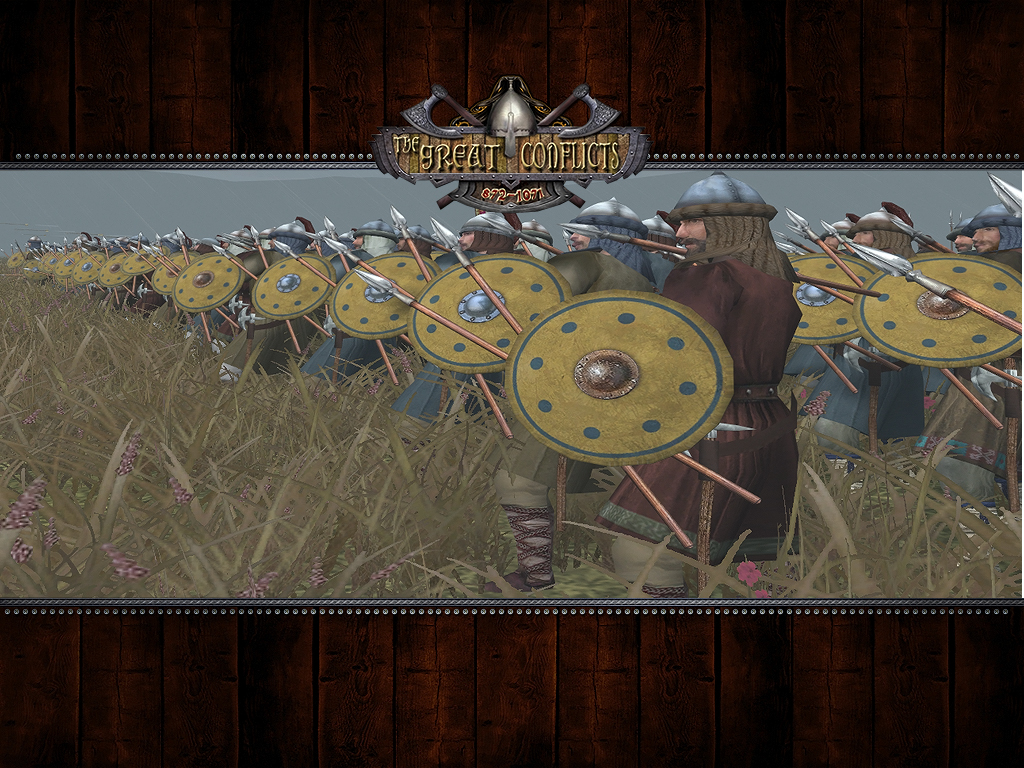
[Gr: Ακοντισταί]. Their name means javelin men.
They were citizens of the Empire but they belonged to the lowest social classes of it.
Acontistae were primary countrymen and usually land workers known as Paroikoi.
This name meant “those who leave near the lord house” meaning that they were land servants.
Paroikoi and their villages belonged to the lands military or not those they were part of.
As land, workers and hunters were tough men that could use in a very efficient way axes and javelins.
When they were called to arms, they were equipped from the Thema’s armories with helmets, small bucklers, javelins and axes (the famous Tzicourion).
They were always unarmored because they could not afford any kind of protection.
Their lack of protection was not always a disadvantage though.
They were very maneuverable and they were perfect for ambushes cause of their deep knowledge of the lands they lived on.
In the army formations, they usually were part of “prokursatores” forces.
That means that with other light armored and range units started army is the assault being the first wave of troops.
Their usage strongly reminds the way ancient Greek “psiloi” and classic Roman “velites” were also used in their times.
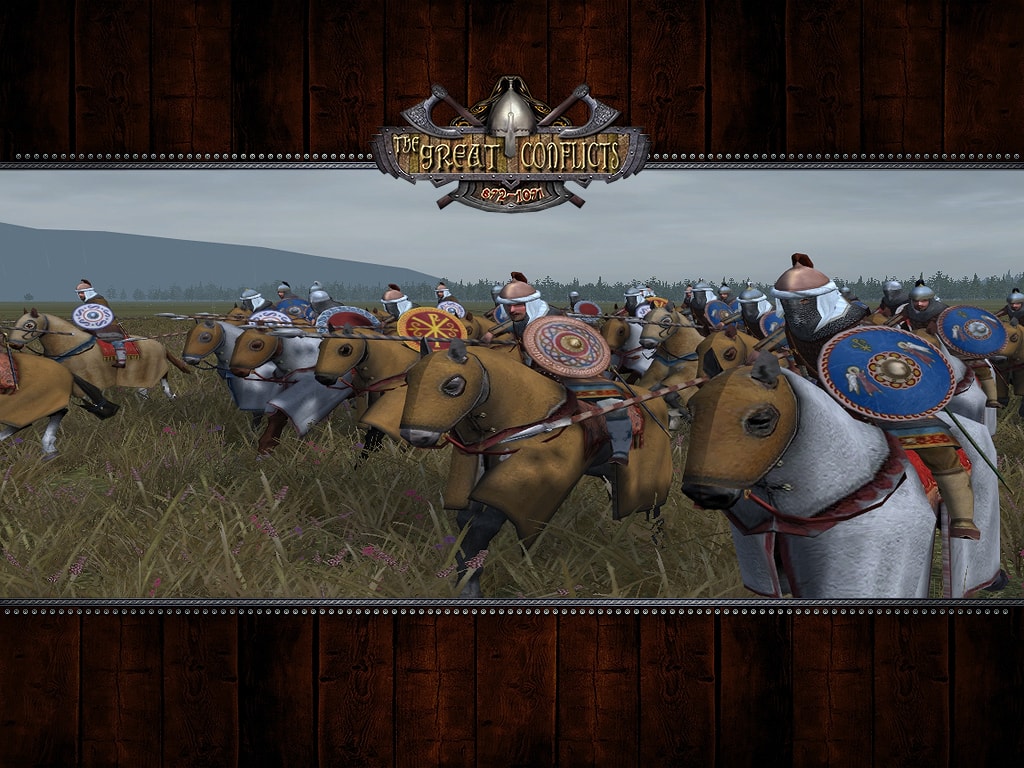
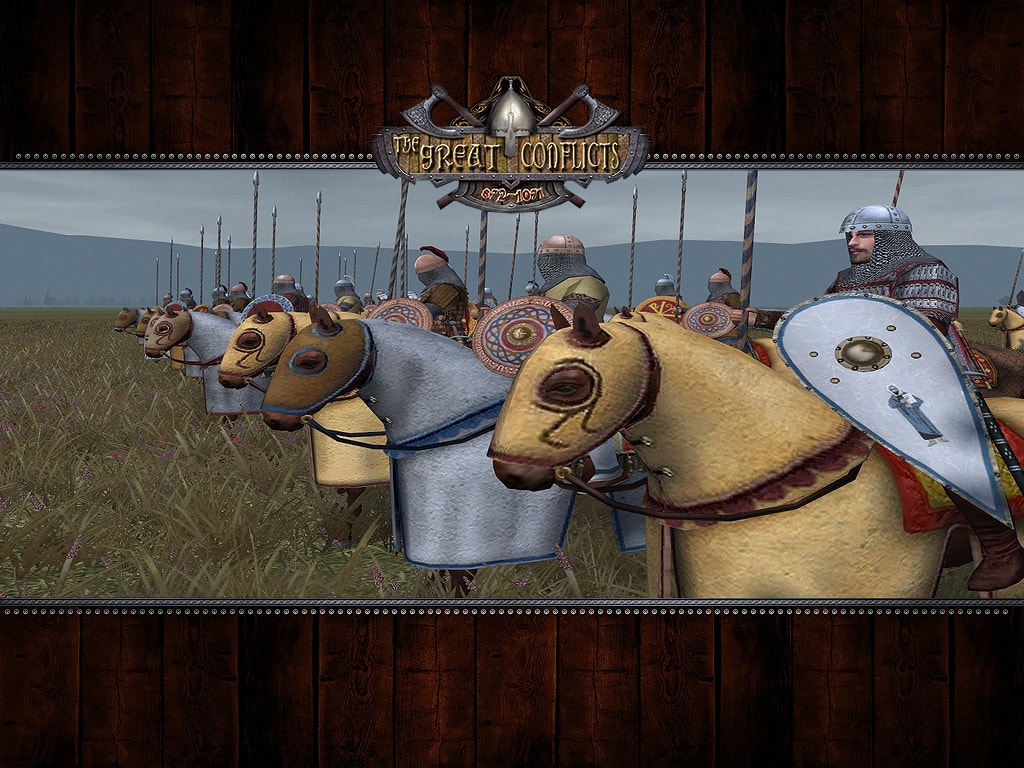
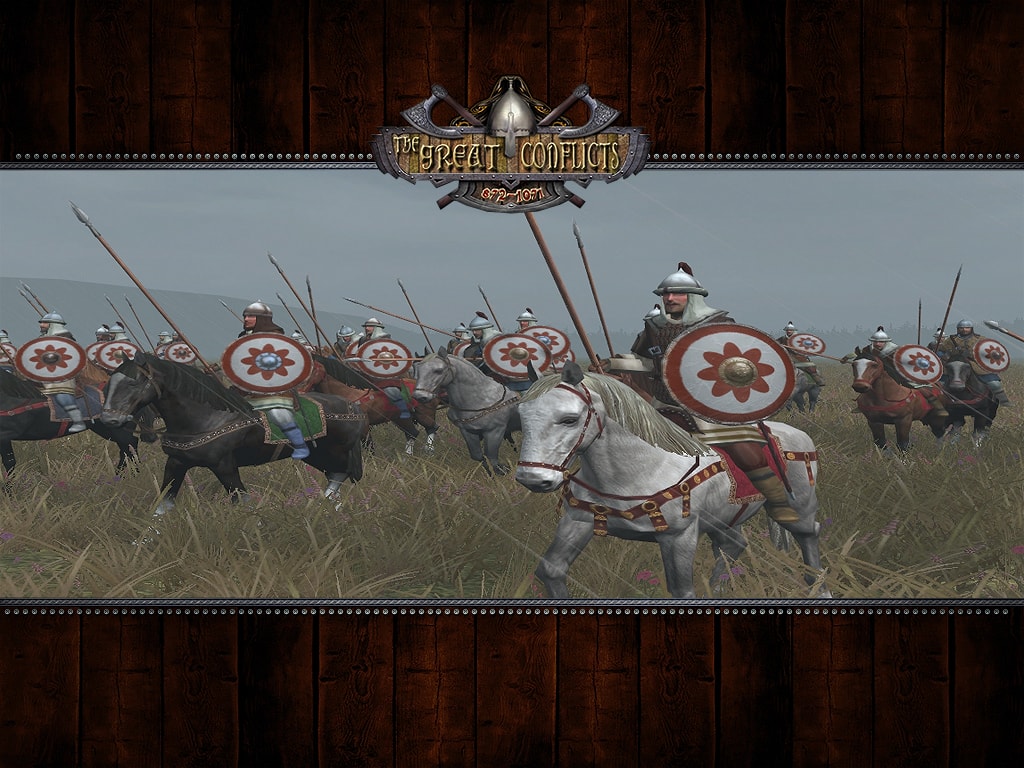
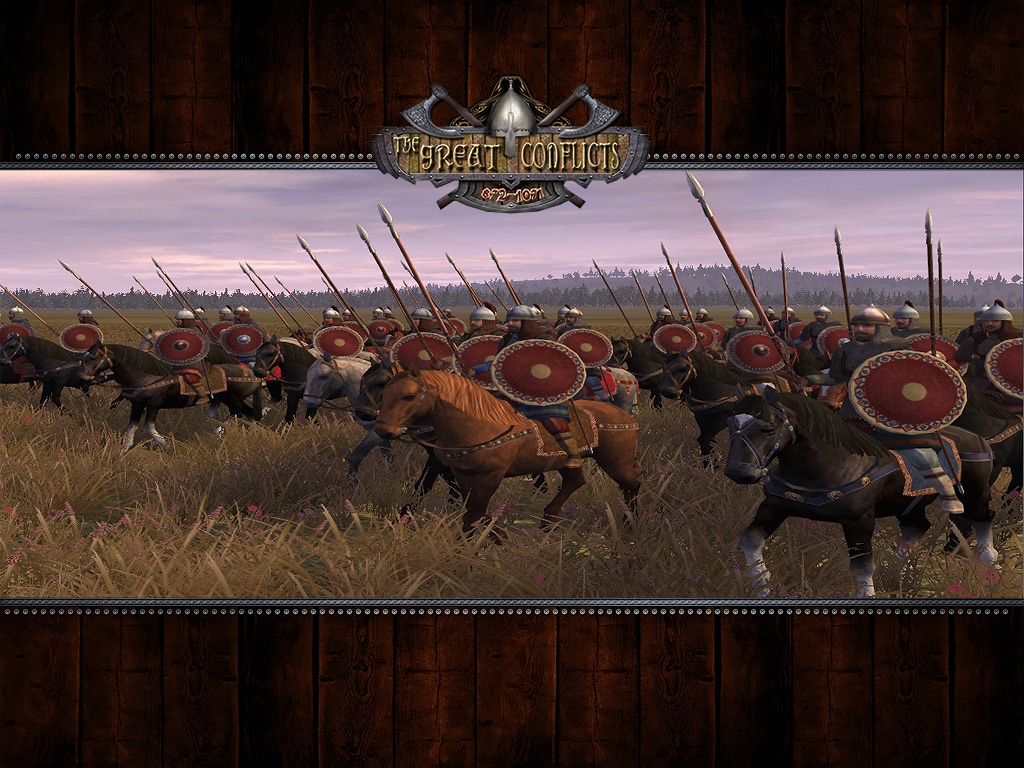
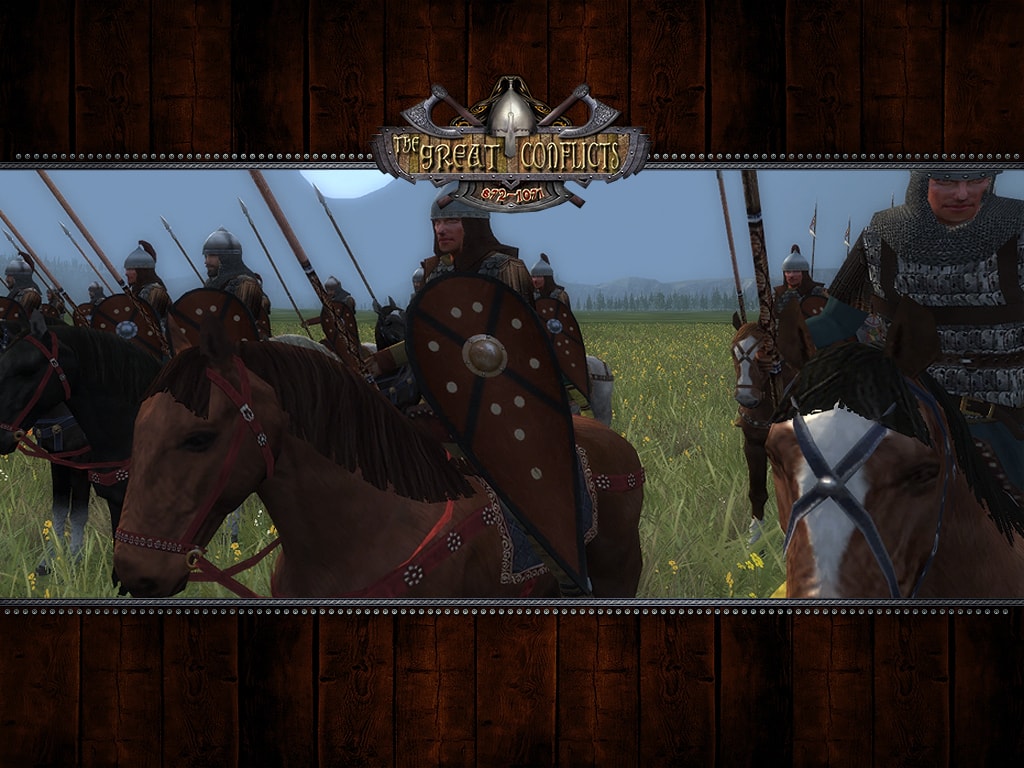

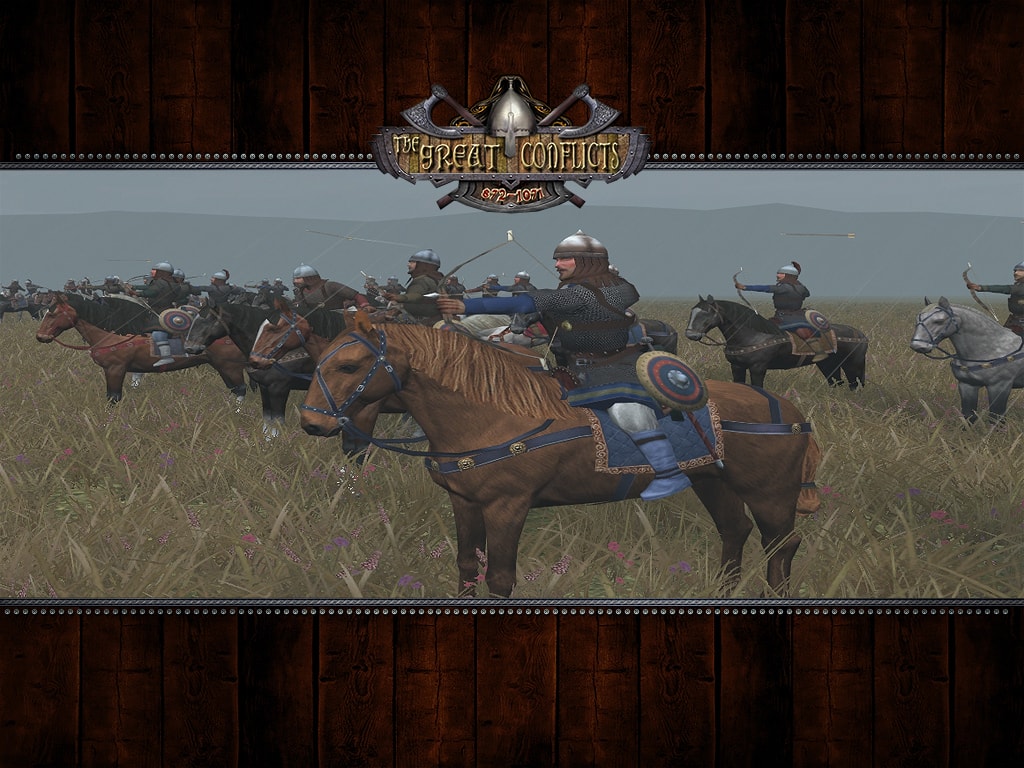
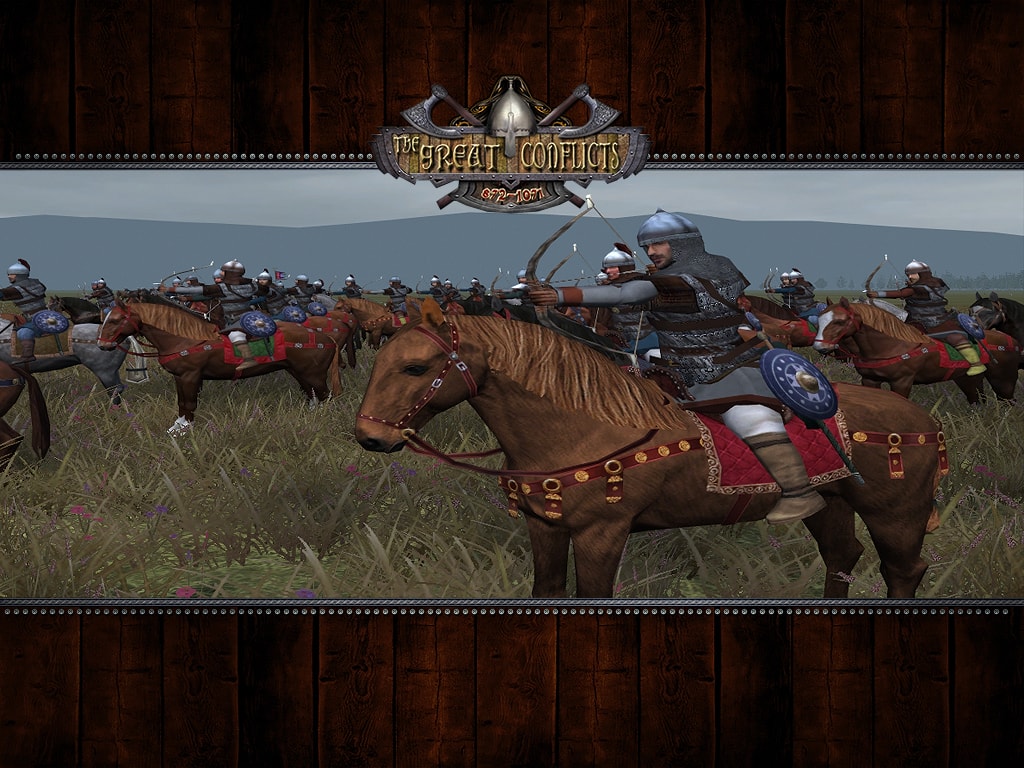

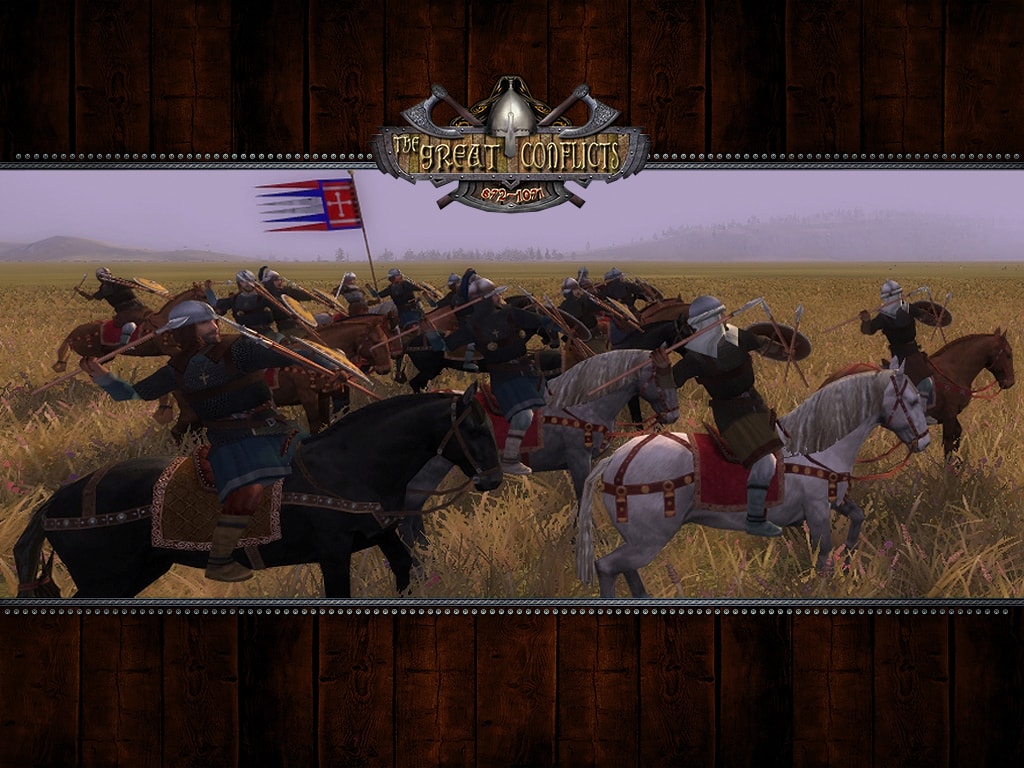
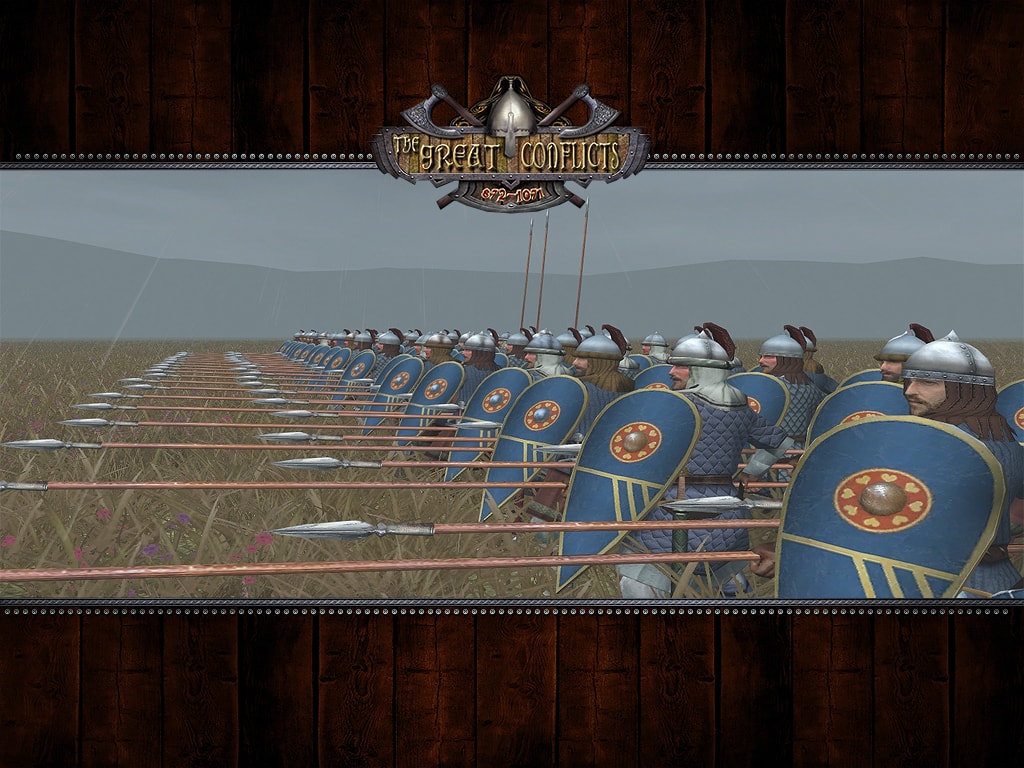
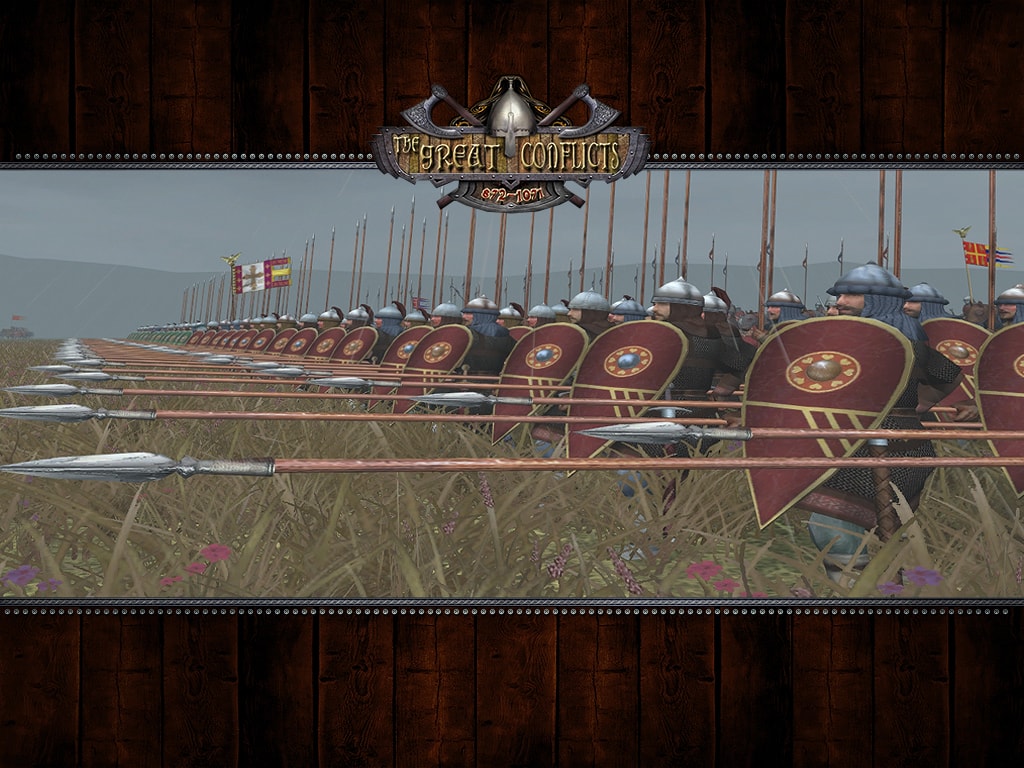
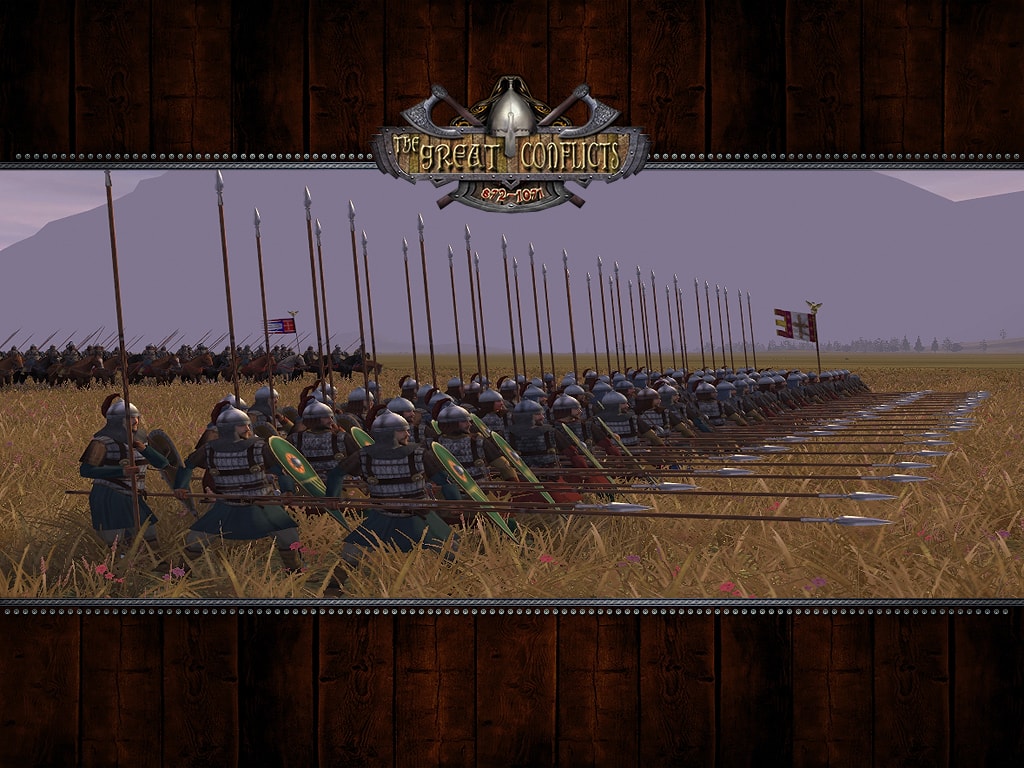
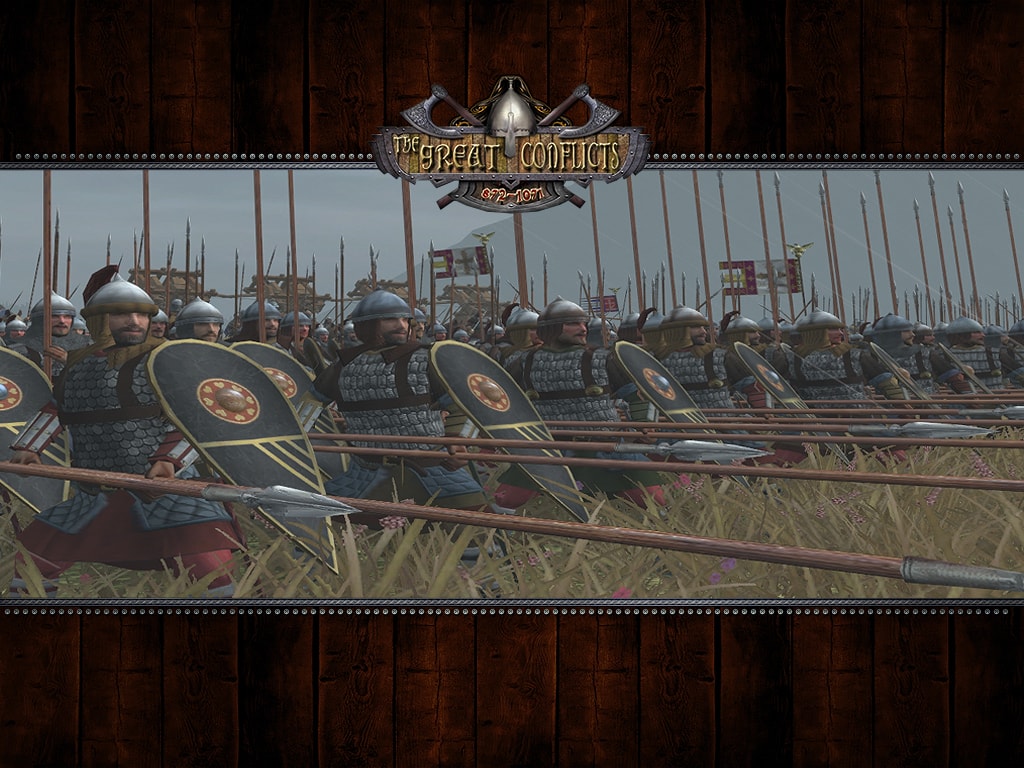
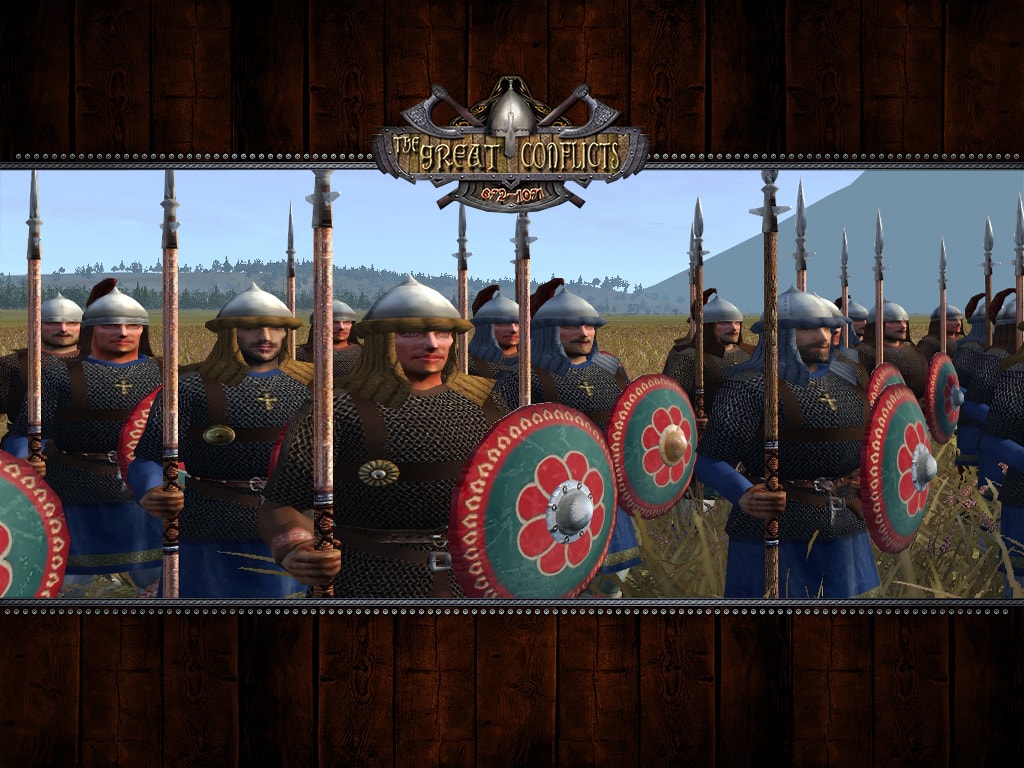

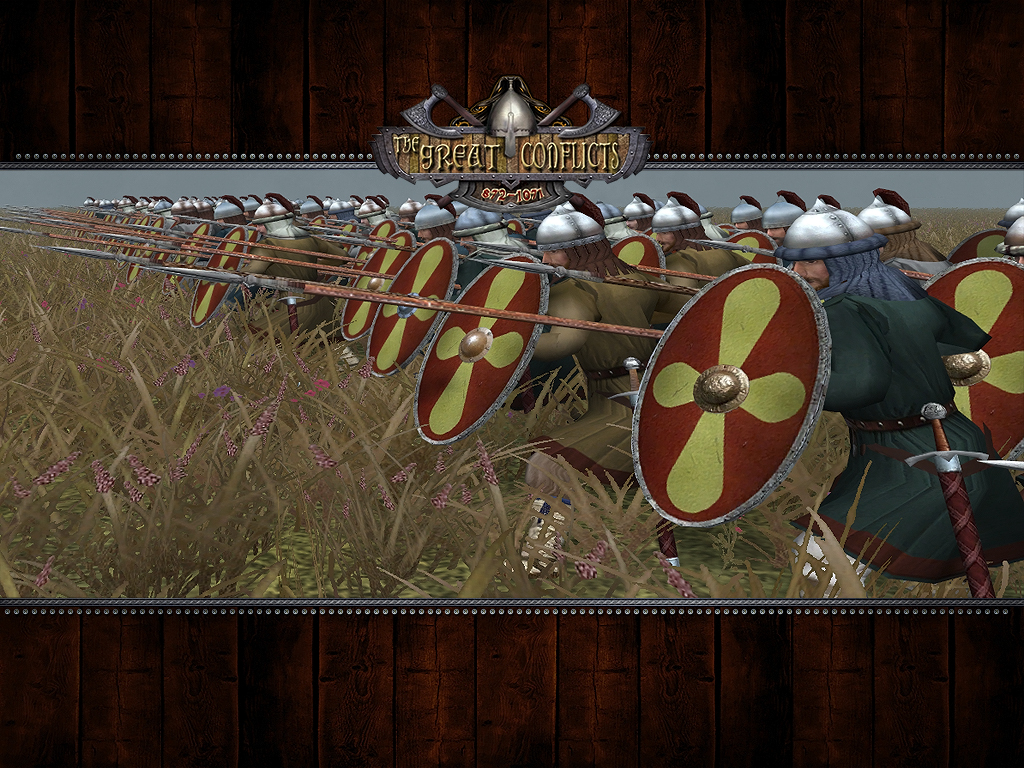
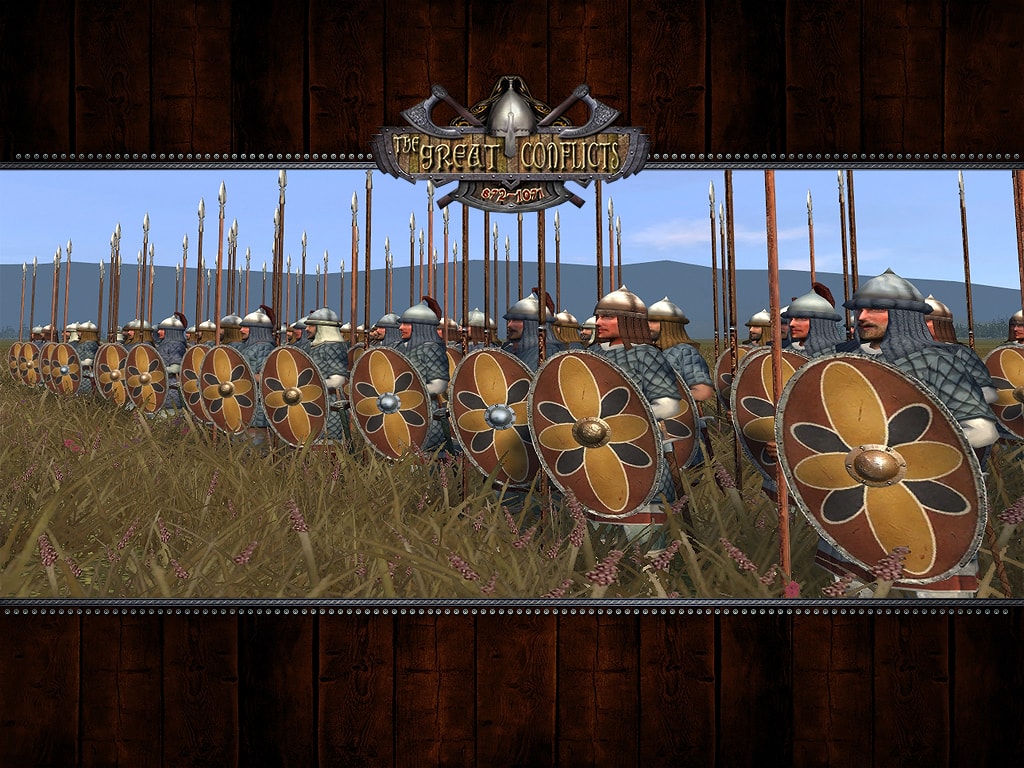
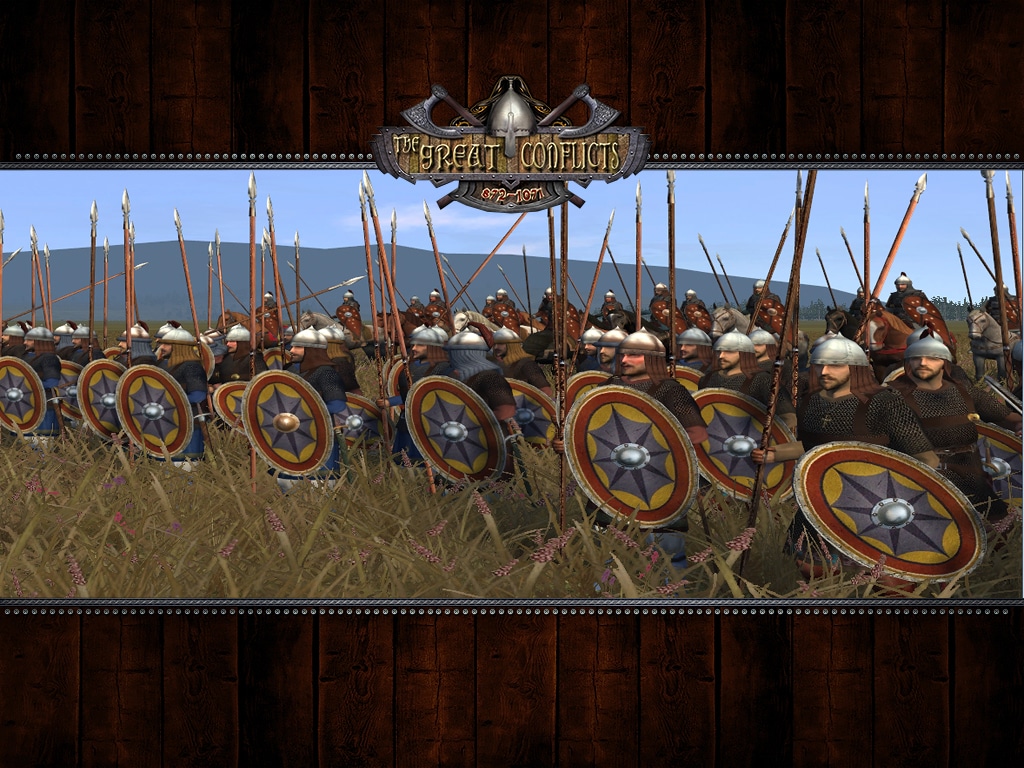
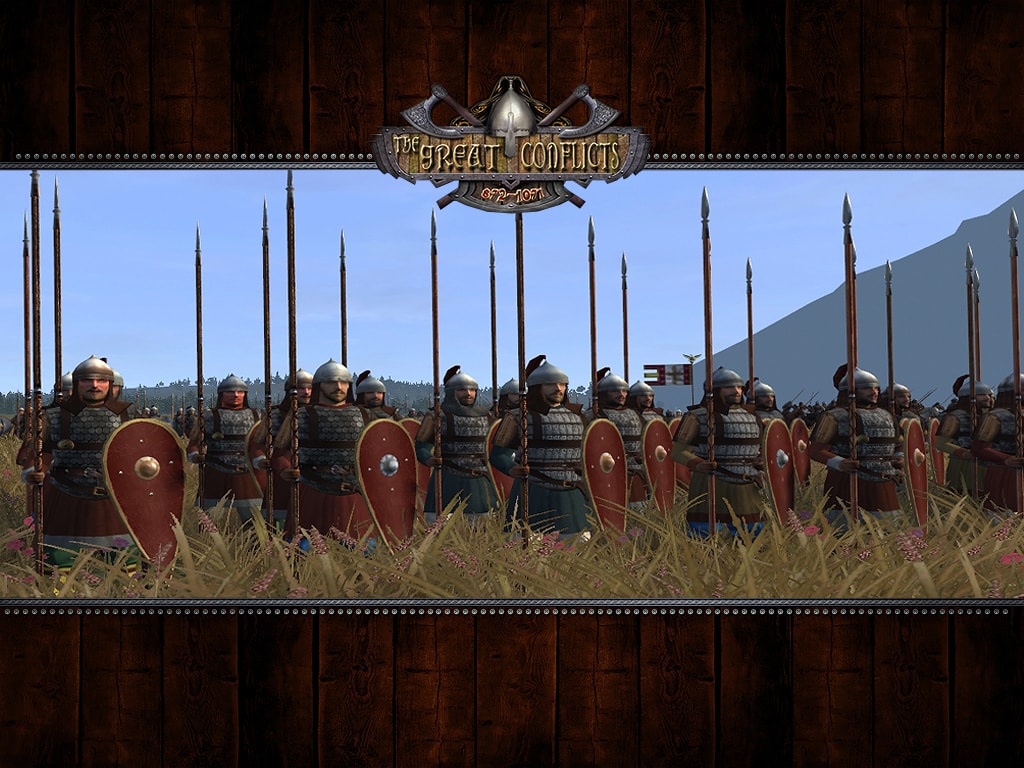
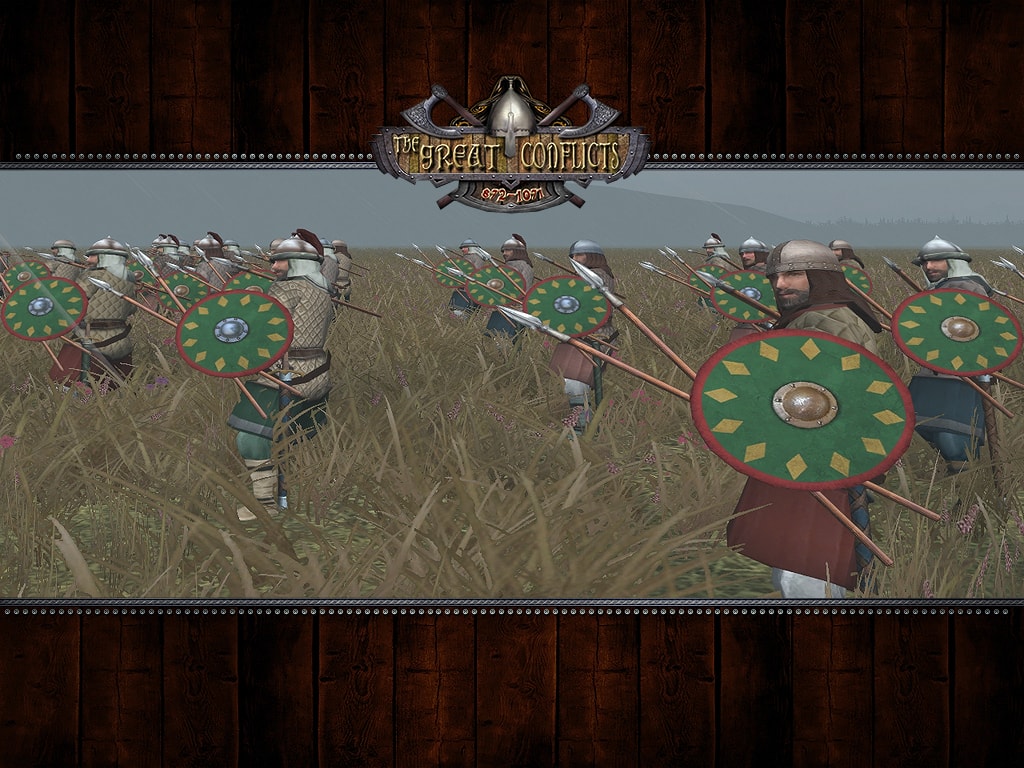


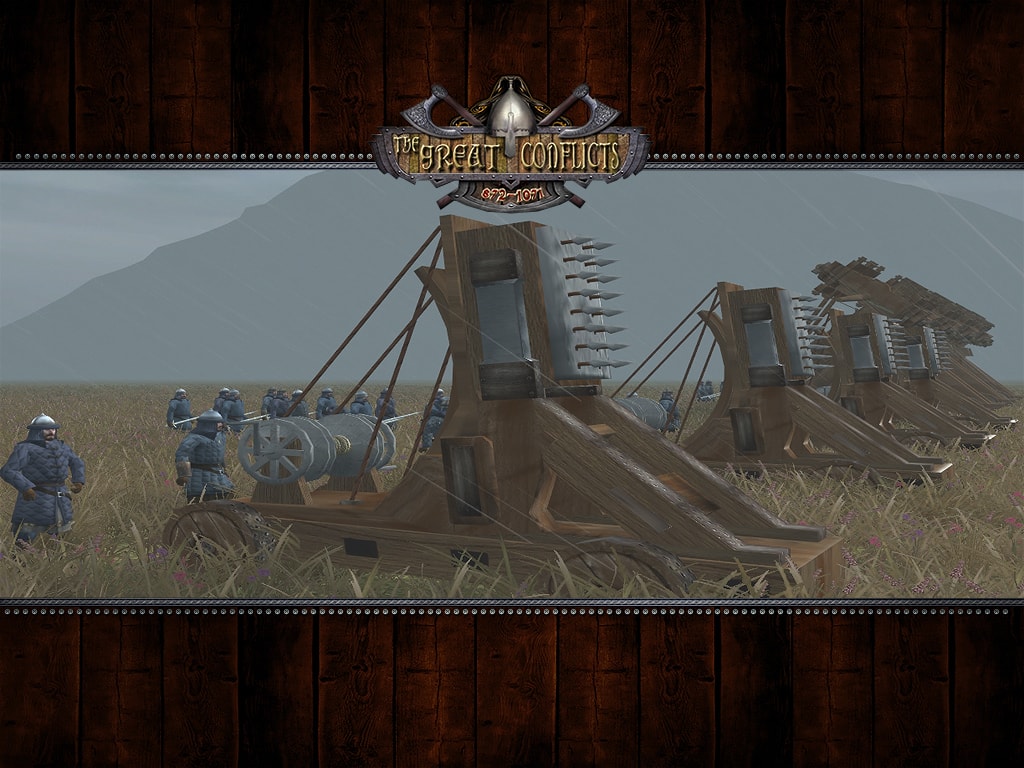


Nice to see this being preserved on other sites. :^)
Wait why is there a crown similar to the Hungarian one over the eagle? Did I miss some historical thing? While The Byzantine crown was a bit similar, it is not the one over the eagle.
Another fine promotion seen here, echuu :)
Thank you, my friend. :)
Peltastae Tier 1 and Trapezitae Tier 1 added.
Toxotae tier 2 added.
CAVALLARII Kursores tier 1, Kontarati tier 1 and Scutati tier 2 added.
Acontistae and Toxotae tier 1 added.
Scutati tier 1 added. The Roman Thematic roster is now completed.
would so love just to have your byzantine faction as a stand alone. looks way modern and great looking! :D
when is this out
Ah man you forgot the akritae
they are the greek peltast.
I'm studing Hellenology here at Germany and despite tiny things, wow this a hell of a job mate!